A Roman jewel of the Baroque Trevi Fountain, one of the most famous fountains in the world, is located in Rome, at the intersection of three streets (hence the name "Trevi", from the Latin trivium). It represents a masterpiece of baroque art and a symbol of the eternal city. The fountain, 26.3 meters high and 49.15 meters wide, is the largest Baroque fountain in Rome and one of the most spectacular public sculptures in Europe.
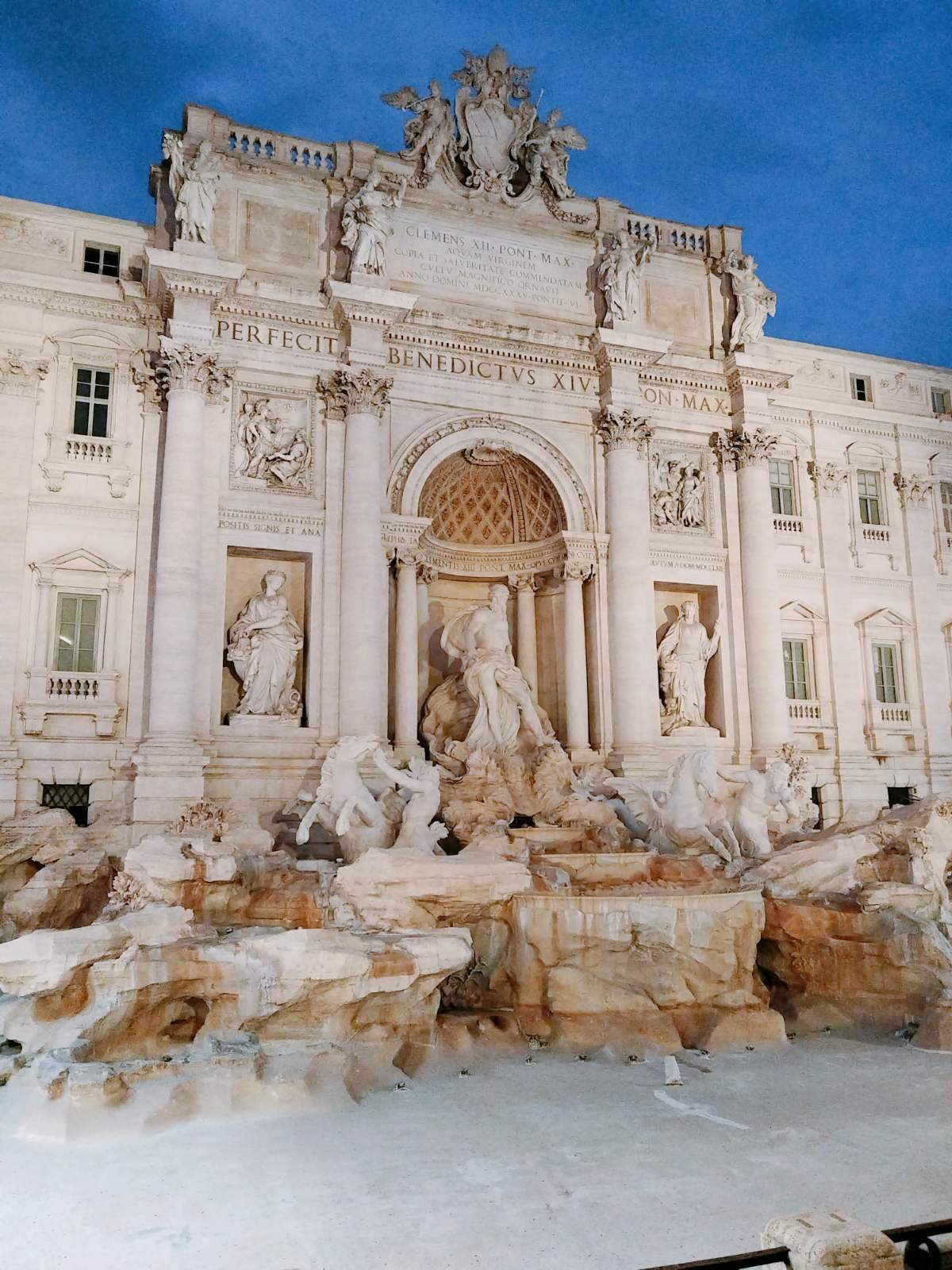

The fountain was designed by Nikola Salvi in 1732, by order of Pope Clement XII. The construction lasted more than 30 years, and was completed in 1762 by Giuseppe Panini, after Salvi's death. The central figure of the fountain is the god of the sea Ocean, standing on a shell pulled by two seahorses – one calm, the other wild – symbols of the sea's fickleness. On its side are statues representing Abundance and Health, while reliefs with the motifs of Roman aqueducts emerge above them.
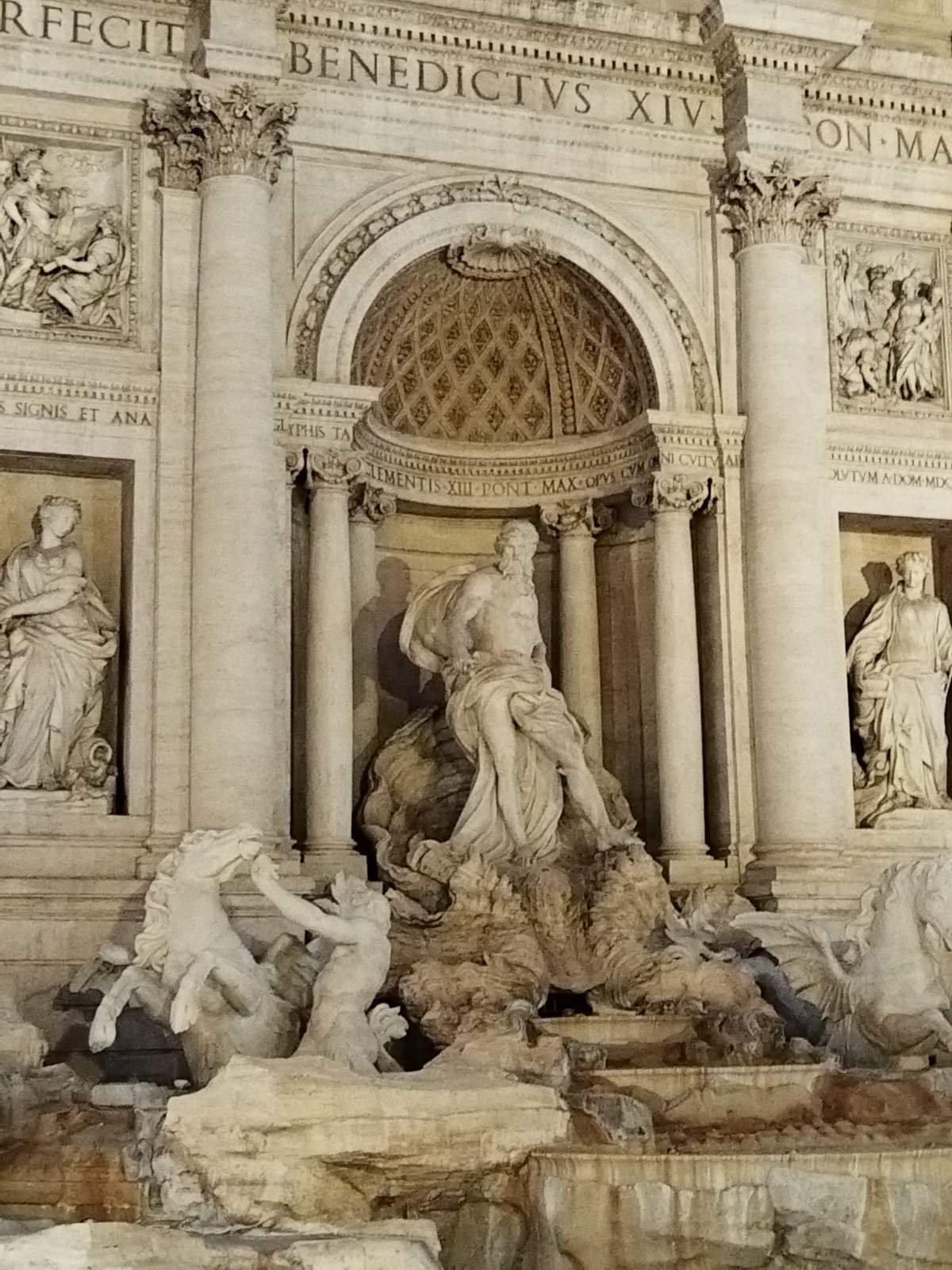
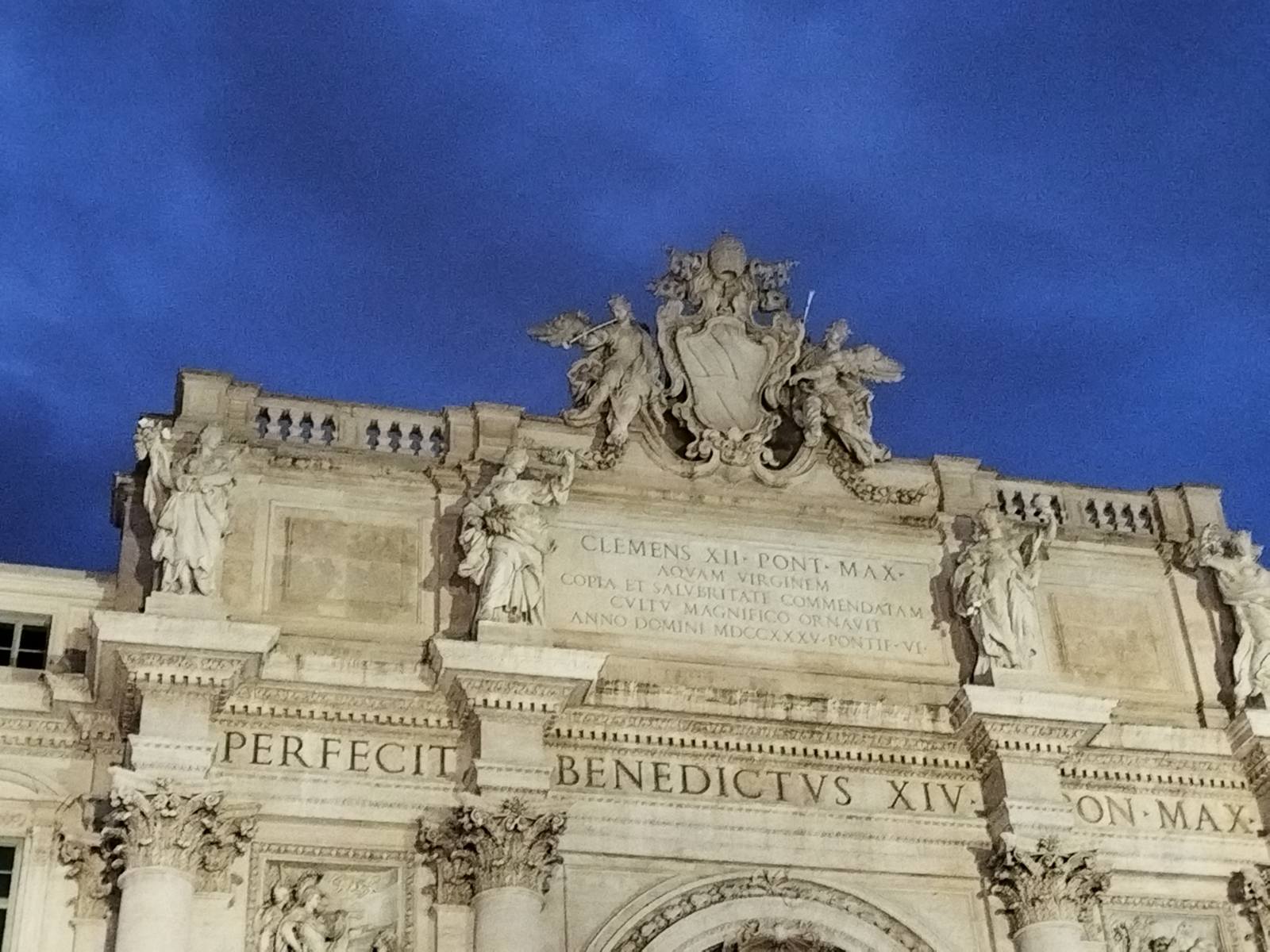
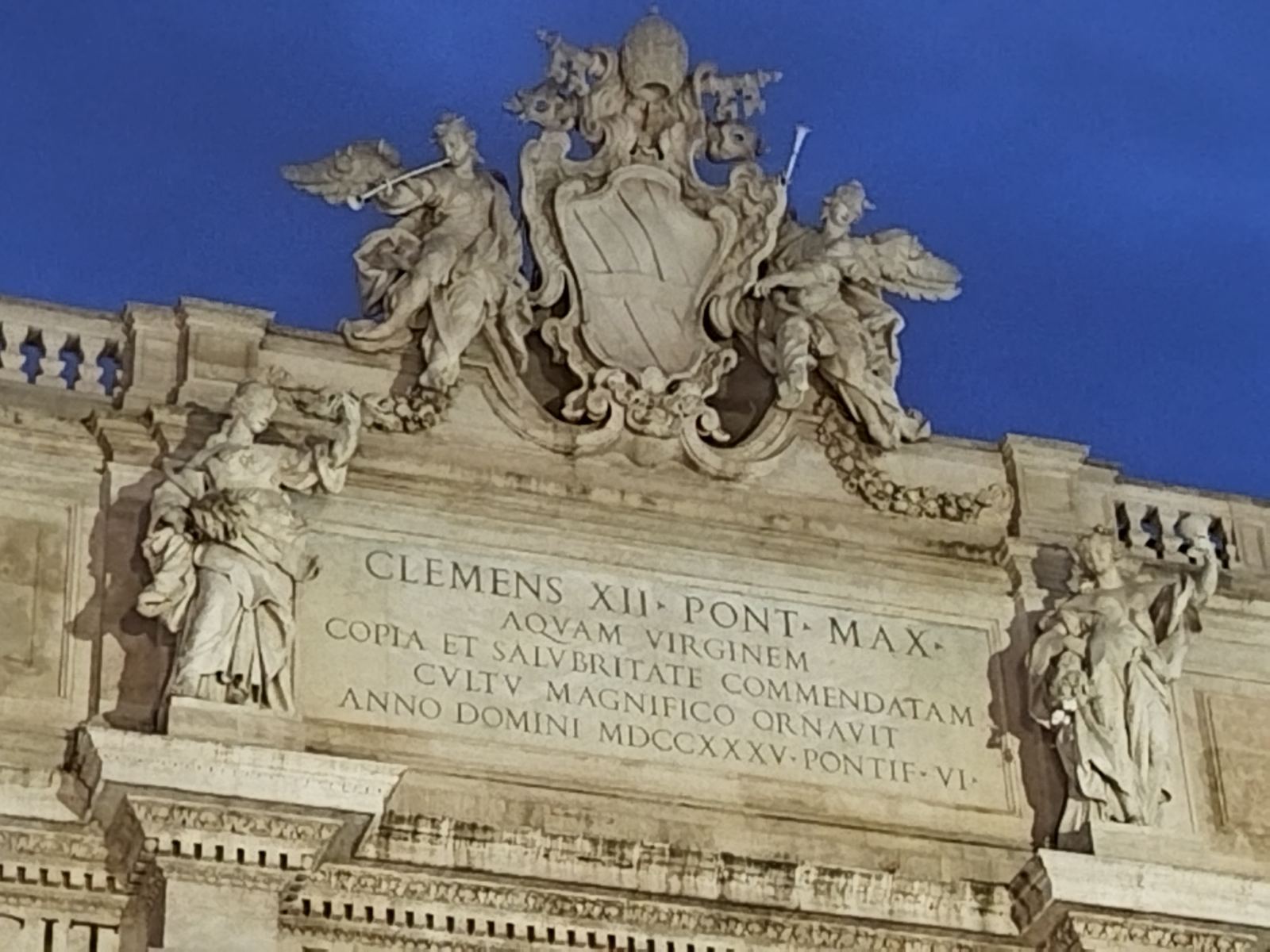
The fountain was built at the end of the ancient Aqua Virgo aqueduct, which dates back to 19 BC. Legend has it that the aqueduct was named after a girl who showed the Roman soldiers a source of water - and that water still supplies the fountain today.

It is also known for the coin throwing tradition - by throwing a coin into the fountain with the right hand over the left shoulder, it is believed that the visitor will return to Rome. More than a million euros are poured into the fountain every year, and the money is used for charitable purposes.
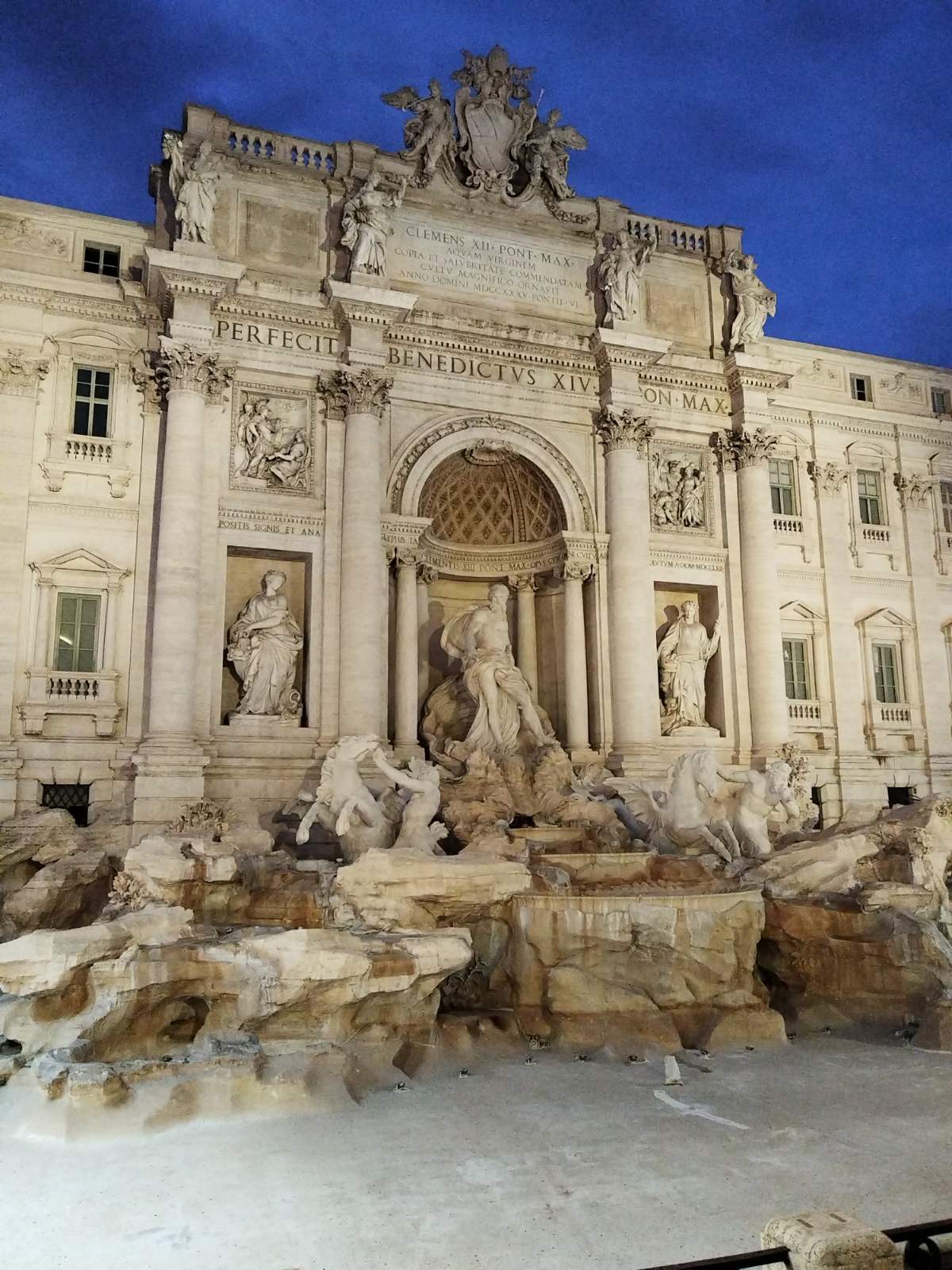
The Trevi Fountain has survived many events over the centuries – changes of government, urban reforms and even drying up during restorations. Nevertheless, it remains a symbol of romantic Rome and an indispensable stop for every visitor. Its monumental architecture, the sound of the water and the night lighting provide an unforgettable visual and spiritual experience, just as powerful today as it was more than two centuries ago.
The temple of all the gods and the triumph of Roman architecture The Pantheon in Rome is one of the best-preserved ancient buildings in the world and a true icon of Roman architectural genius. It is located in Piazza Rotonda and was originally built as a temple to all the Roman gods. The first version was built in 27 BC during the reign of Marcus Agrippa, but was repeatedly destroyed by fires, until Emperor Hadrian built the current version around 125 AD.
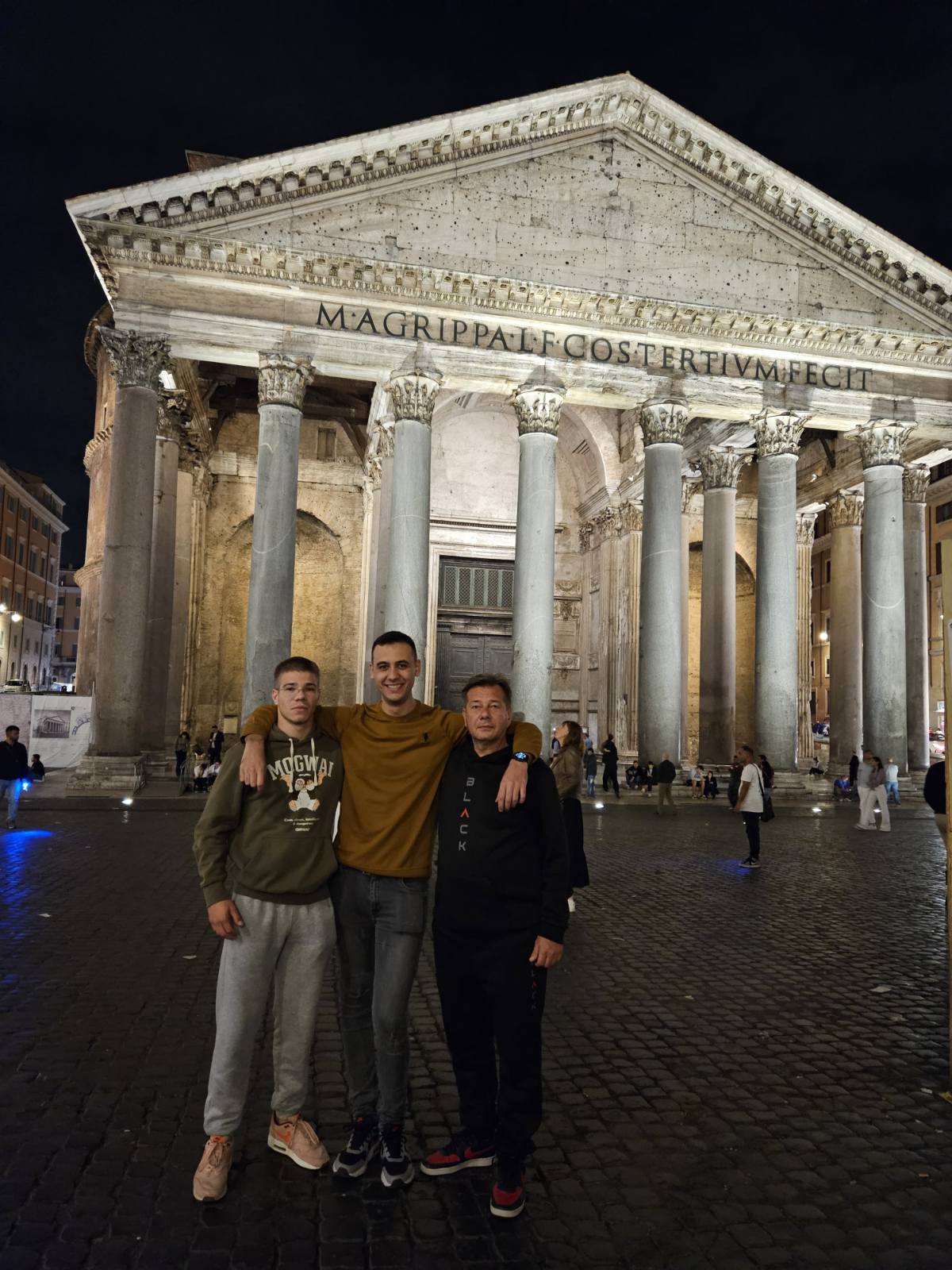
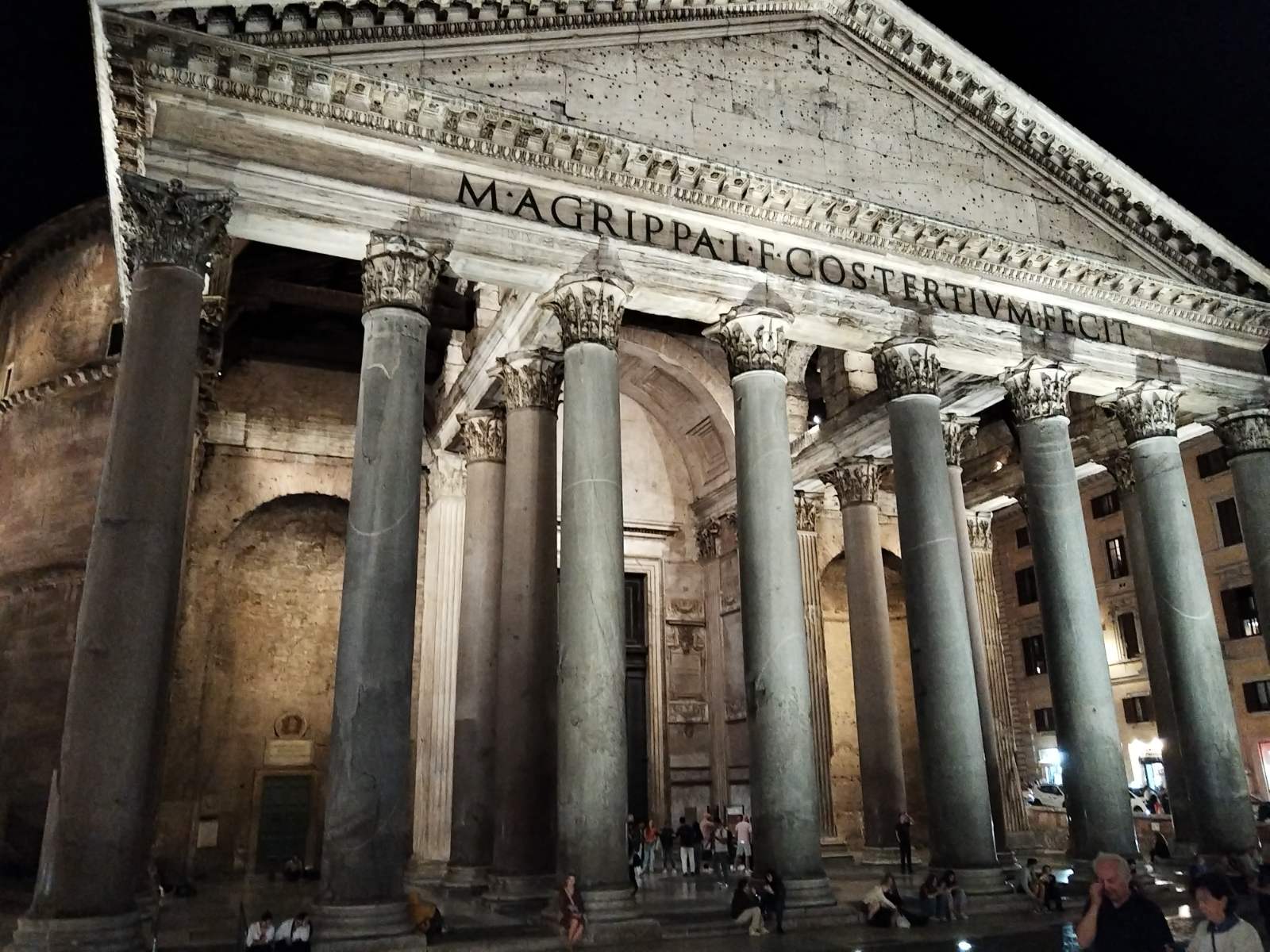

The most impressive part of the Pantheon is its dome - with a diameter of 43.3 meters - which is still the largest non-reinforced concrete dome in the world. On its top is the oculus, an opening with a diameter of 8.2 meters, which symbolically connects the interior of the temple with the sky. The light that enters through it changes during the day and creates a unique atmosphere inside the building. The construction of the dome itself remains one of the greatest achievements of ancient construction.
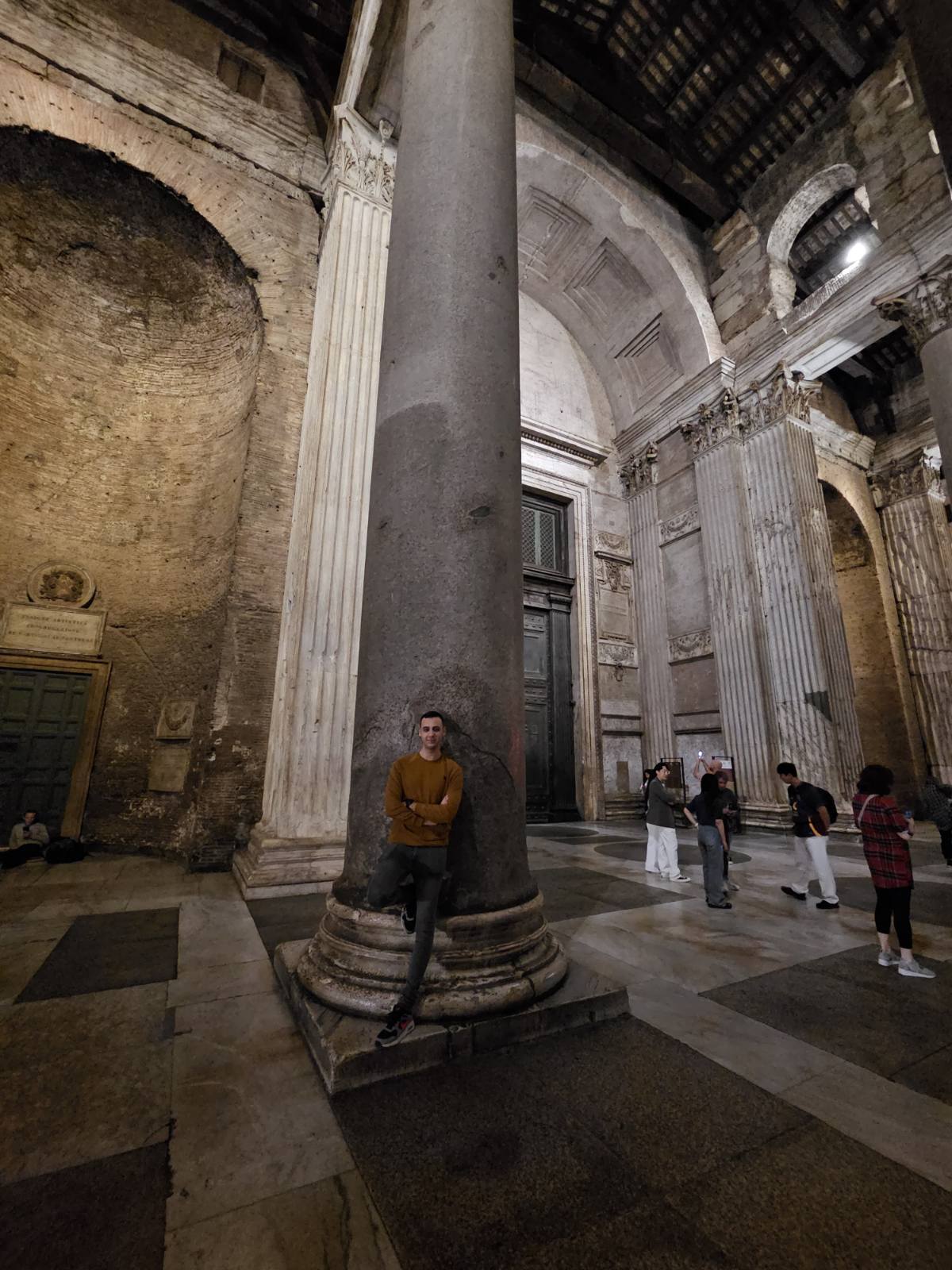


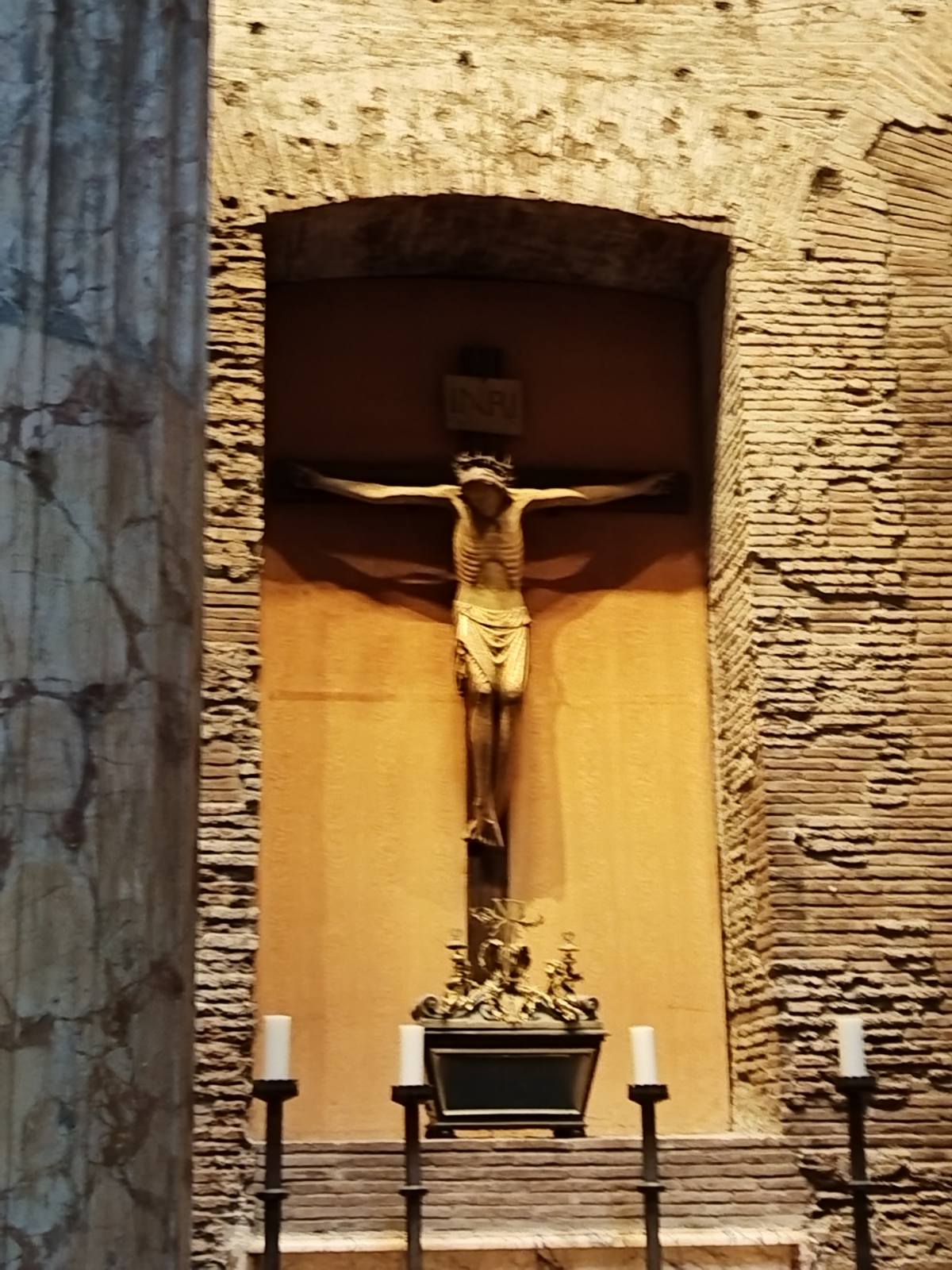
The facade of the Pantheon is designed in the Corinthian style, with 16 columns 12.5 meters high. The inscription still bears the original text: "M·AGRIPPA·L·F·COS·TERTIVM·FECIT" – "Mark Agrippa, son of Lucius, consul for the third time, build this".
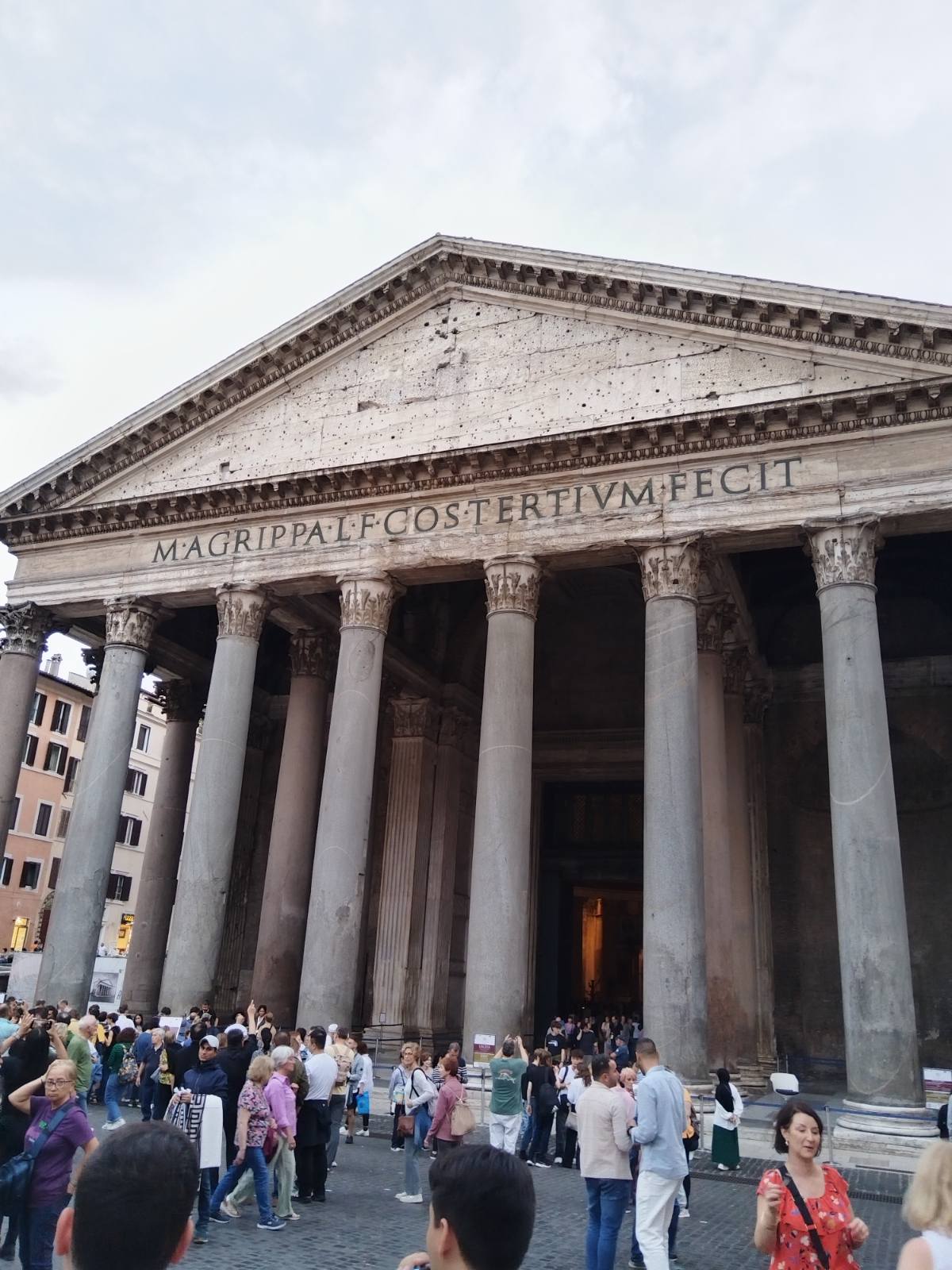
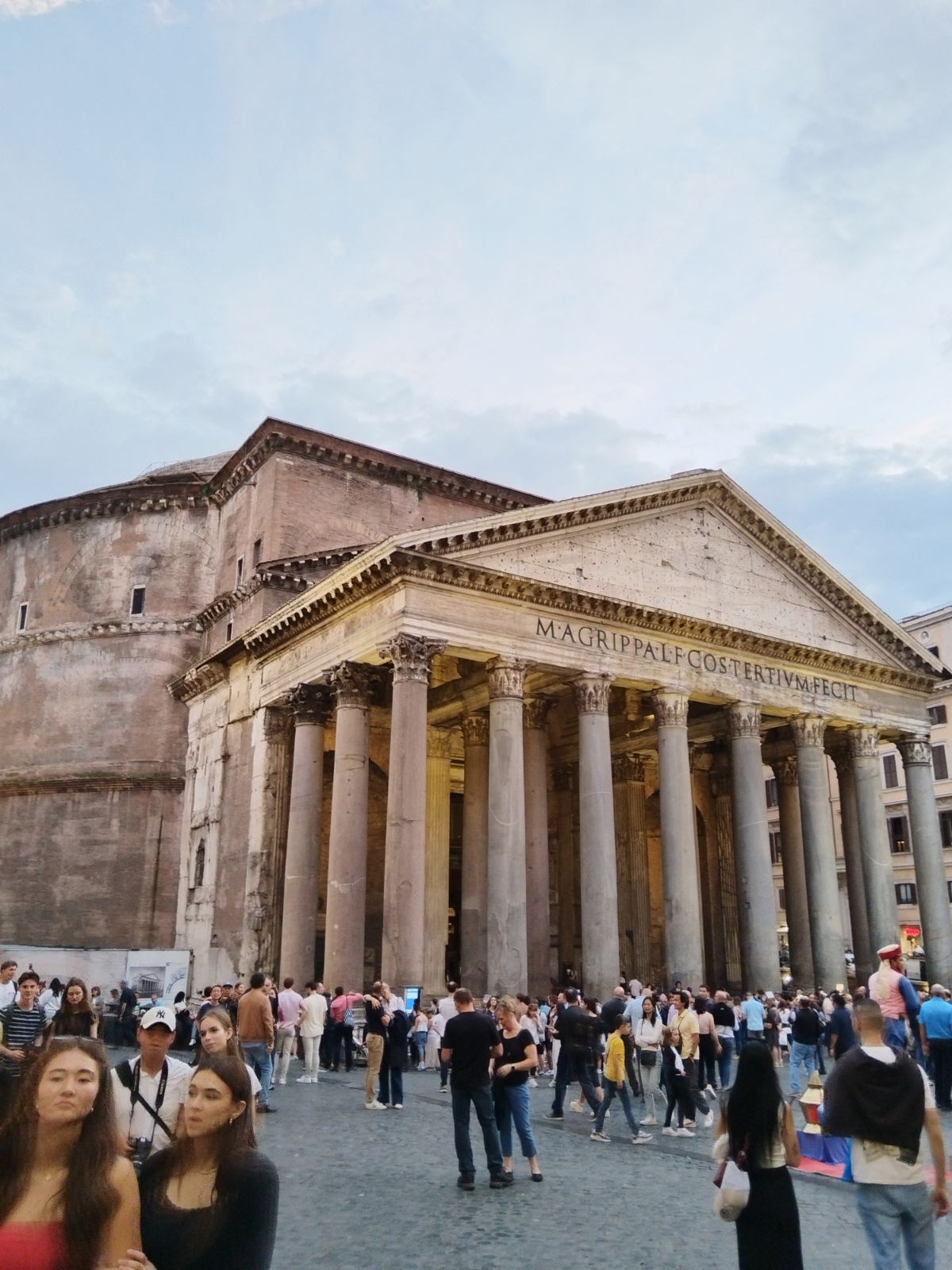
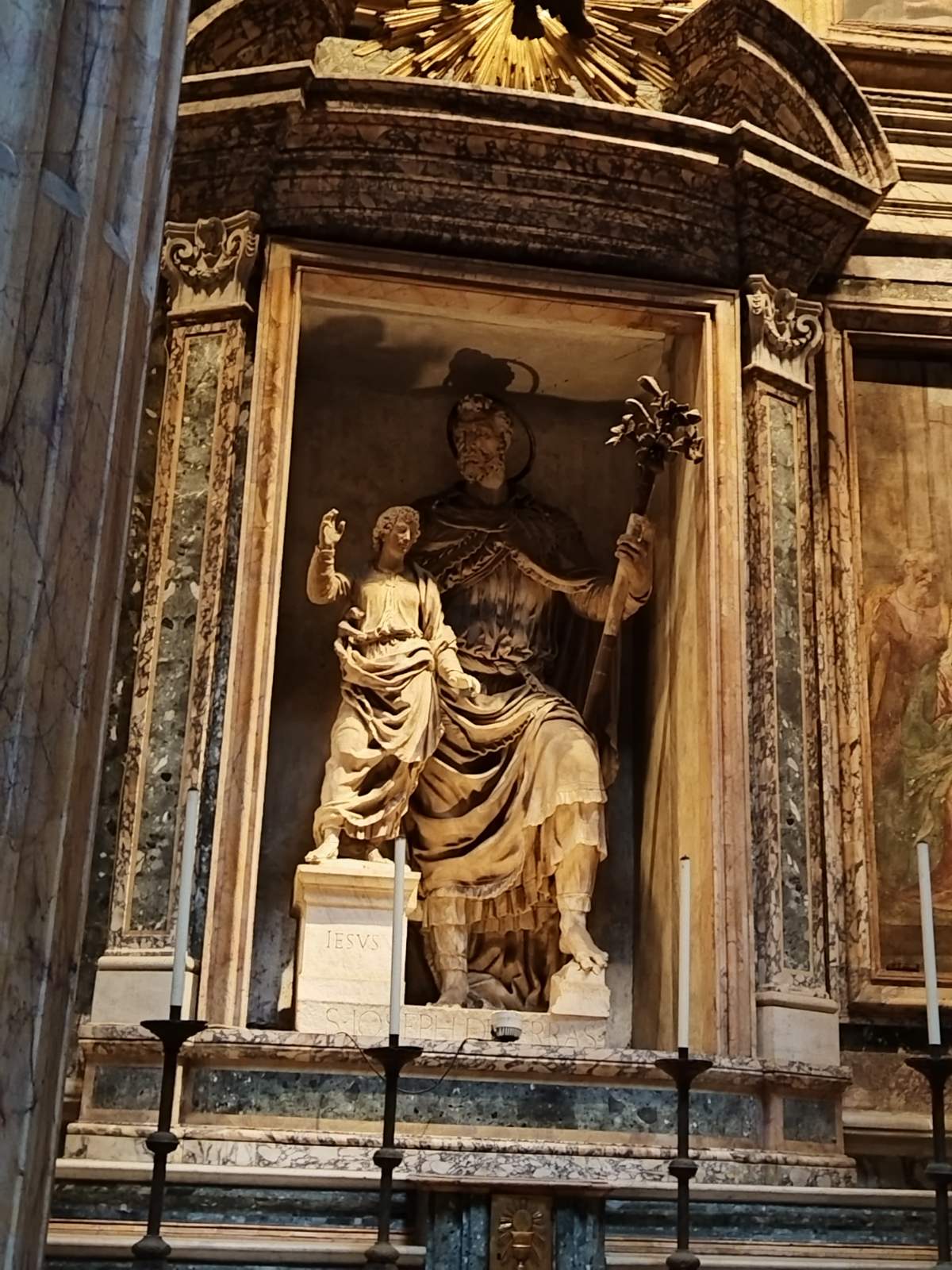
In the 7th century, the Pantheon was converted into a Christian church, which is one of the main reasons why it survived the Middle Ages in an almost intact form. Today, it houses many important figures of Italian history, including the Renaissance painter Raphael and the Italian kings Vittorio Emanuele II and Umberto I.
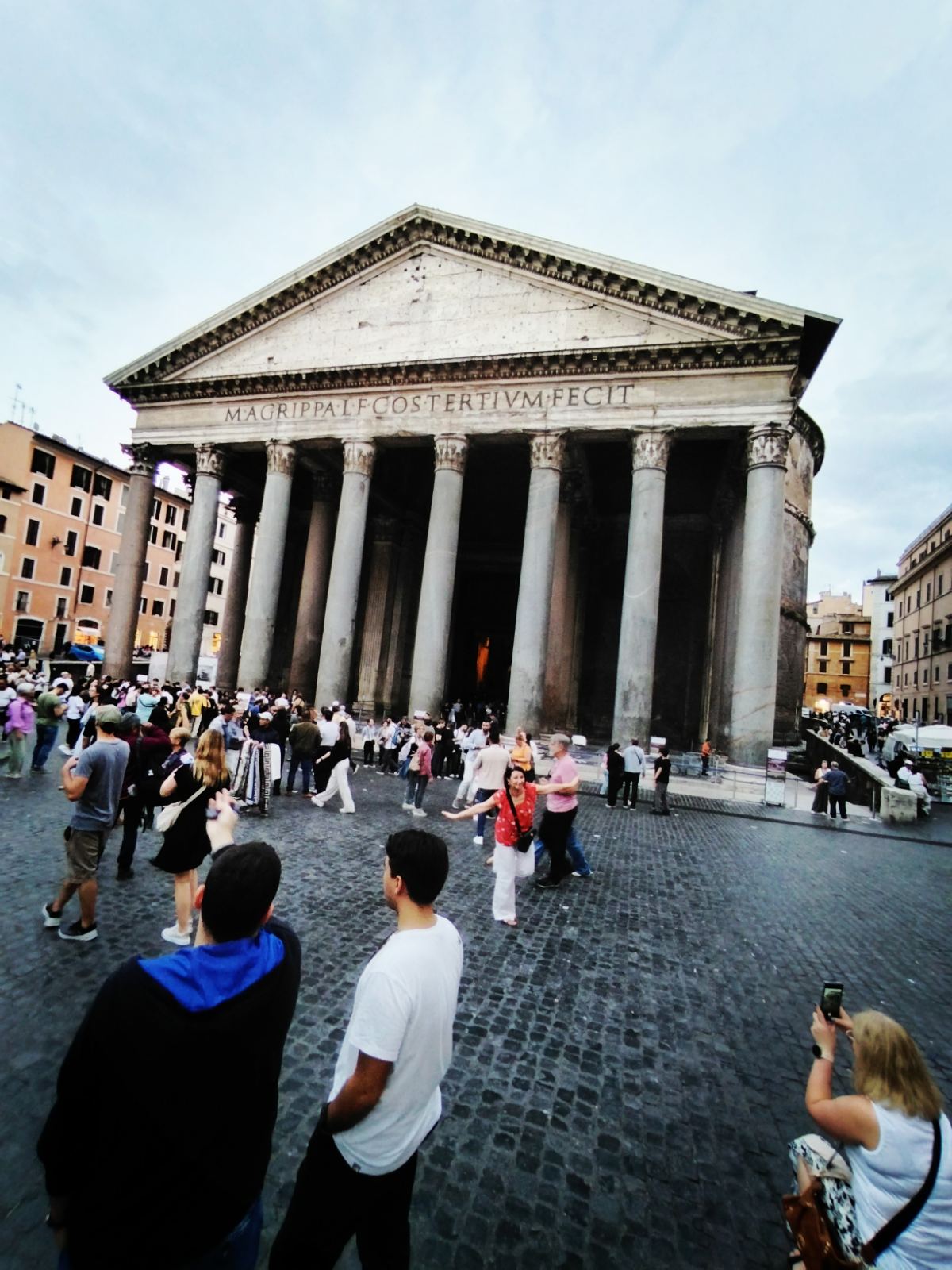

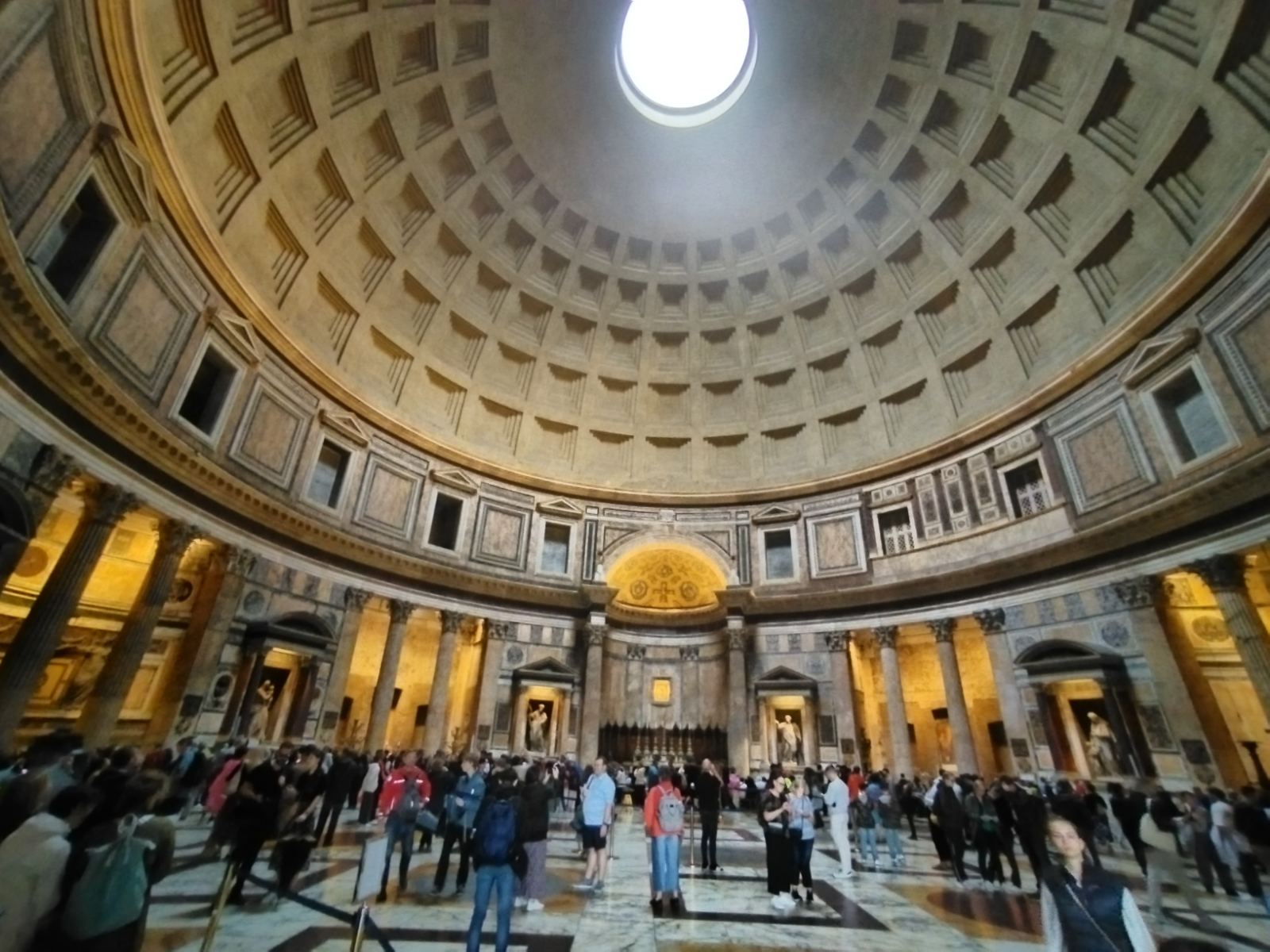
The Pantheon is not just a building - it is a testimony to eternity. Its architecture combines heaven and earth, light and shadow, ancient faith and Christian piety. Every visitor who steps under its dome cannot remain indifferent, because in that perfect circle of stone, silence and light, the echo of Roman power and genius can still be heard.